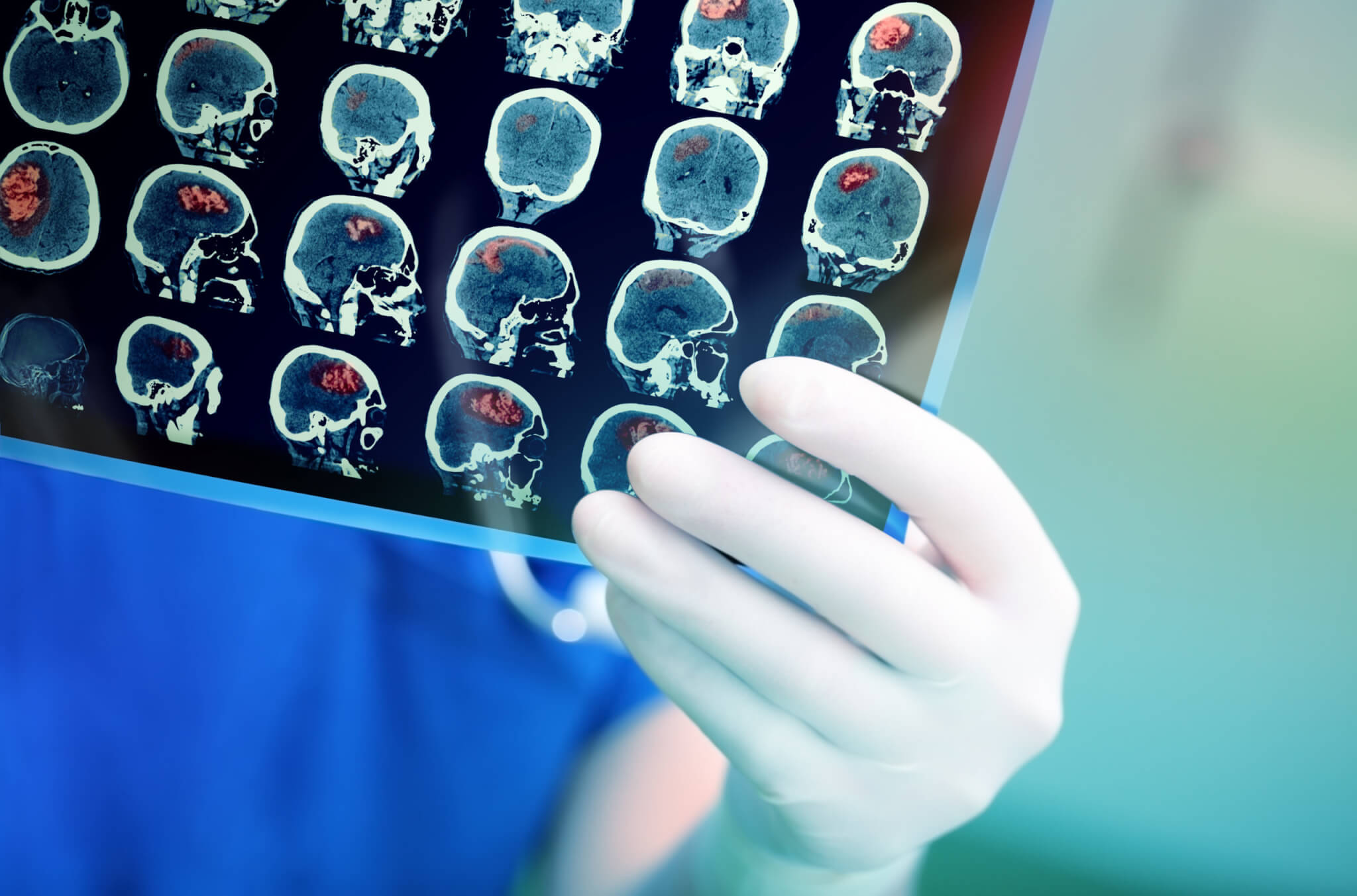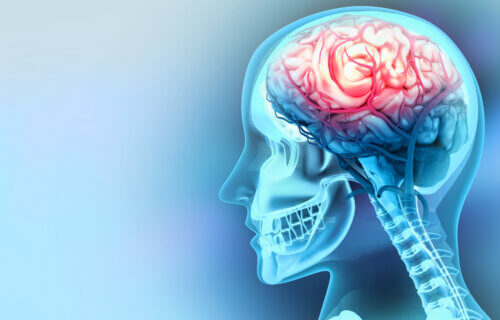PHOENIX, Ariz. — Headaches are some of the most common symptoms concussion patients feel right away. Now, researchers with the American Academy of Neurology report that people who develop headaches after suffering a concussion may also be more likely to exhibit higher levels of iron in areas of their brains, considered a sign of brain cell injury.
“These results suggest that iron accumulation in the brain can be used as a biomarker for concussion and post-traumatic headache, which could potentially help us understand the underlying processes that occur with these conditions,” says study author Simona Nikolova, PhD, of the Mayo Clinic in Phoenix, Arizona, and a member of the American Academy of Neurology, in a media release.
In all, this project encompassed 60 individuals who reported having a post-traumatic headache due to mild traumatic brain injury, or concussion. Those injuries were due to falls (45%), motor vehicle accidents (30%), and fights (12%). Additional causes included a patient’s head hitting against an object and sports injuries.
In all, 46 percent of these individuals had one mild traumatic brain injury in their lifetime, 17 percent had two, 16 percent had three, five percent had four, and 16 percent had five or more mild traumatic brain injuries.
Those with mild traumatic brain injuries formed pairs with 60 other people who had not suffered a concussion or post-traumatic headache. All participants then underwent brain scans aimed at measuring iron levels in various areas of the brain through an indirect measure for iron burden. Among people with mild traumatic brain injuries, the scans took place an average of 25 days following their injury.

This approach revealed that, in comparison to others without a concussion, those with a history of concussion and headaches showed notably higher levels of iron accumulation across several areas of the brain. More specifically, the left occipital area, right cerebellum, and right temporal lobe were more likely to display higher iron levels.
Study authors note the more concussions people had over the course of their lifetime, and the more frequent their headaches were, the more likely they were to display higher levels of iron accumulation in certain brain areas. Crucially, the more time that passed since a concussion, the more likely people were to show higher levels of iron accumulation in their brains.
“Previous studies have shown that iron accumulation can affect how areas of the brain interact with each other,” Nikolova concludes. “This research may help us better understand how the brain responds and recovers from concussion.”
In conclusion, study authors add that since the study used an indirect measure of iron burden, it is possible that the changes seen in that measure may have been due to other factors including hemorrhage or changes in tissue water as opposed to iron accumulation.
This research is set to be presented at the American Academy of Neurology’s 76th Annual Meeting.
You might also be interested in:
